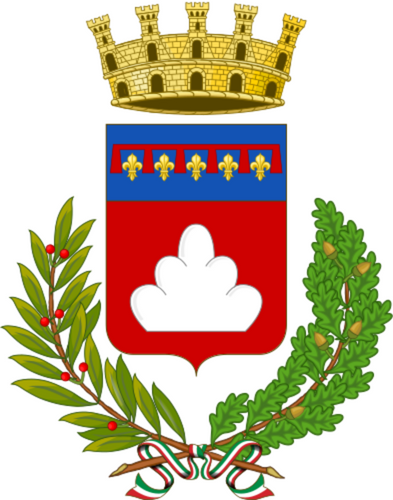Gubbio

CITY: GUBBIO (ITAL. GUBBIO)
COUNTRY: ITALY
Address: Comune di Gubbio (PG) Piazza Grande, 9 – 06024
Official website: comune.gubbio.pg.it
Document/date of signing: Agreement on friendship and partnership between the Ivano-Frankivsk City Territorial Community and the City Gubbio - March 25, 2023
Gubbio, (Italian pronunciation: [ˈgubbjo]) is a municipality in Italy, in the region of Umbria, in the province of Perugia. The area is 525.08 km². Population 32,490.
Mayor of Gubbio - Filippo Mario Stirati.
Gubbio is located at a distance of about 165 km north of Rome, 31 km northeast of Perugia. The town is located in northern Umbria, near the border with Marche. The municipality borders Cagli (PU), Cantiano (PU), Costacciaro, Fossato di Vico, Gualdo Tadino, Perugia, Pietralunga, Scheggia e Pascelupo, Sigillo, Umbertide and Valfabbrica. The Umbrian tribes lived here and became military allies of the Romans. From the ancient Roman era, the ancient theater remained in a ruined state.
The medieval city of Gubbio is closely associated with the life of a famous Catholic saint — Francis of Assisi. This is where Francis of Assisi fled and found refuge in the local family of Spadalonga. Therefore, Gubbio became the second capital of the followers of St. Francis. The medieval period of the city's history is full of both fierce political struggle and attempts by residents to defend themselves that is, to win anew the independence of the city, including from the Roman popes. Therefore, a number of fortresses or castles were built on the outskirts. The period of stabilization came during the decade of rule of the Montefeltro family. Except for short periods, when the city was captured by Malatesta, then by Cesare Borgia, the city belonged to the Montefeltro family until 1508. Since then, the city was taken over by the della Rovere family, which held power here until 1631. After the death of the last member of the family (Francesco Maria II della Rovere) the city came under the rule of the Roman popes.
Only in the middle of the 19th century a number of small Italian principalities were finally united into a centralized state — Kingdom of Italy. The lands of the city of Gubbio were also annexed to the Kingdom. In 1860, an administrative reform was carried out, by which Gubbio and its lands were separated from the province of Marche and annexed to Umbria. The territory suffered significant human losses due to the economic decline and agrarian crisis of the province and mass emigration in 1873 –1895. Umbria and the city of Gubbio experienced several waves of emigration also in the 1st and 2nd World Wars. During the Second World War, the city suffered from punitive fascist expeditions and from the shelling of German artillerymen.
Historical places, museums, palaces Ancient Roman theater: Ancient Roman mausoleum, Palazzo dei Consoli (Gubbio) Gothic period (museum and art gallery since 1901), Praetorian Palace (Gubbio), 14-17 centuries, Palazzo Ducale (Gubbio), 15th century. The temples of the city are among the architectural monuments. Namely: Basilica of Saint Ubaldo, Cathedral of St. Mary and Giacomo, Church of San Francisco, Church of San Domenico, Church of John the Baptist, Church of San Pietro, Church of San Martino.
253 citizens of Ukraine officially live in the municipality.
Umbria positions itself as a resort and tourist center. Since ancient times, the city has been famous for its ceramic products, that worked thanks to local deposits of clay. Gubbio ceramics became especially popular during the Renaissance, when in addition to floral ornaments began to use portrait images and adaptations from well-known compositions of paintings and engravings. Subsequently, Gubbio ceramics gained world fame and spread to many countries of the world. In the 20th century, the art of blacksmithing flourished.